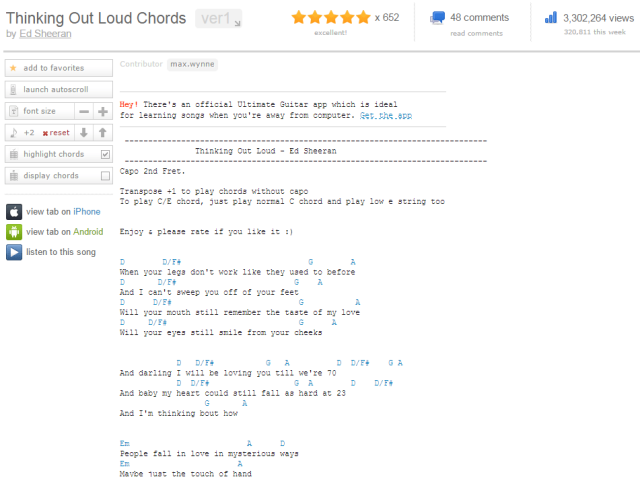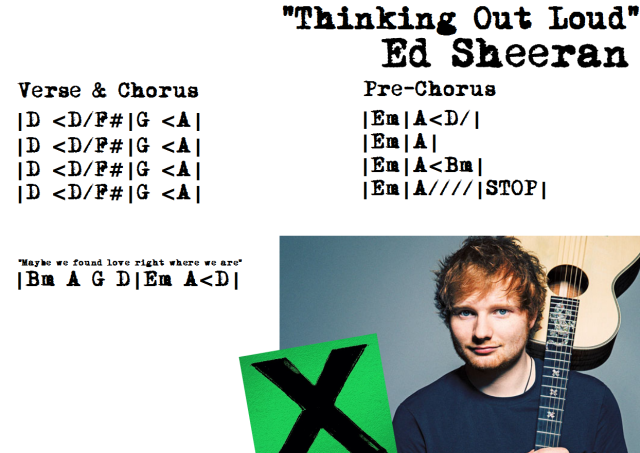 As a guitar class instructor, I think the most important thing I can do is make the learning meaningful for my students. While method books are great, if I taught from page 1 to the back cover as my sole instructional method, I truly feel like I would be committing instructional suicide! Yes, “Go Tell Aunt Rhody” does an excellent job teaching the G chord …BUT is that what my students want to be playing?
As a guitar class instructor, I think the most important thing I can do is make the learning meaningful for my students. While method books are great, if I taught from page 1 to the back cover as my sole instructional method, I truly feel like I would be committing instructional suicide! Yes, “Go Tell Aunt Rhody” does an excellent job teaching the G chord …BUT is that what my students want to be playing?
When I am picking out songs to supplement the method book in my class, I try not to necessarily pick songs I like…but ones my students enjoy that also teach skills we are focusing on in class. My life would be just peachy if I didn’t have to hear Taylor Swift telling me to “Shake it Off” one more time … BUT how can you pass up a song that repeats a Am, C, G chord pattern 100+ times in a way that makes your students smile! It’s perfect!
With chord songs, I’ve discovered that presentation is of the utmost importance. I use ultimate-guitar.com a lot in my teaching, but just pulling chords or tabs straight off the site just does not work in my class. EXAMPLE….
If I pulled Ed Sheeran’s “Thinking Out Loud” right off the site, it would look something like this.
This has been the standard way of writing out chord charts for years. Does it work, sure it does if you know what you’re doing … but it’s lacking. Mainly, it lacks in duration. How long do I strum this G chord? When there are two chords in the same measure, the only way I know that is if I have heard the song enough to be able to sing along with the track.
I started using a method that my worship pastor helped develop, and it has shown fantastic results.
Let me run down the basics of it.
1. Chords are written out in measures using that key right below backspace on your keyboard. If I have two chords in one measure…no problem. Below shows a measure with two beats for G and two beats for Em.
| C | C | G / Em /|
2. Ring the chord! When we get to a spot where I’d like the class to all ring out the chord we put a greater than and less than symbol in front AND behind it. Perfect for teaching those Pete Townsend windmills!
| <C> |
3. Stop it! What if I don’t want to ring it out…but I want my class to stop and mute the strings instead? Use brackets.
| [C] |
4. Syncopation?! I’ve got this syncopated beat…how do I write that out? We just use a less than symbol that shows that we’re jumping the beat instead of playing it straight.
|D <D/F#|G <A|
This is just the language that we use. You could make up your own for all I care. Whatever floats your boat!
NOW…compare the old lyrical way of chording out a chart to the new way and see what you think?
Is it easier to read?
Duration? Does it take care of that problem?
How about patterns? Are they easier to spot?
To me the answer to all those questions is yes. How are you charting out your songs?


Recent Comments